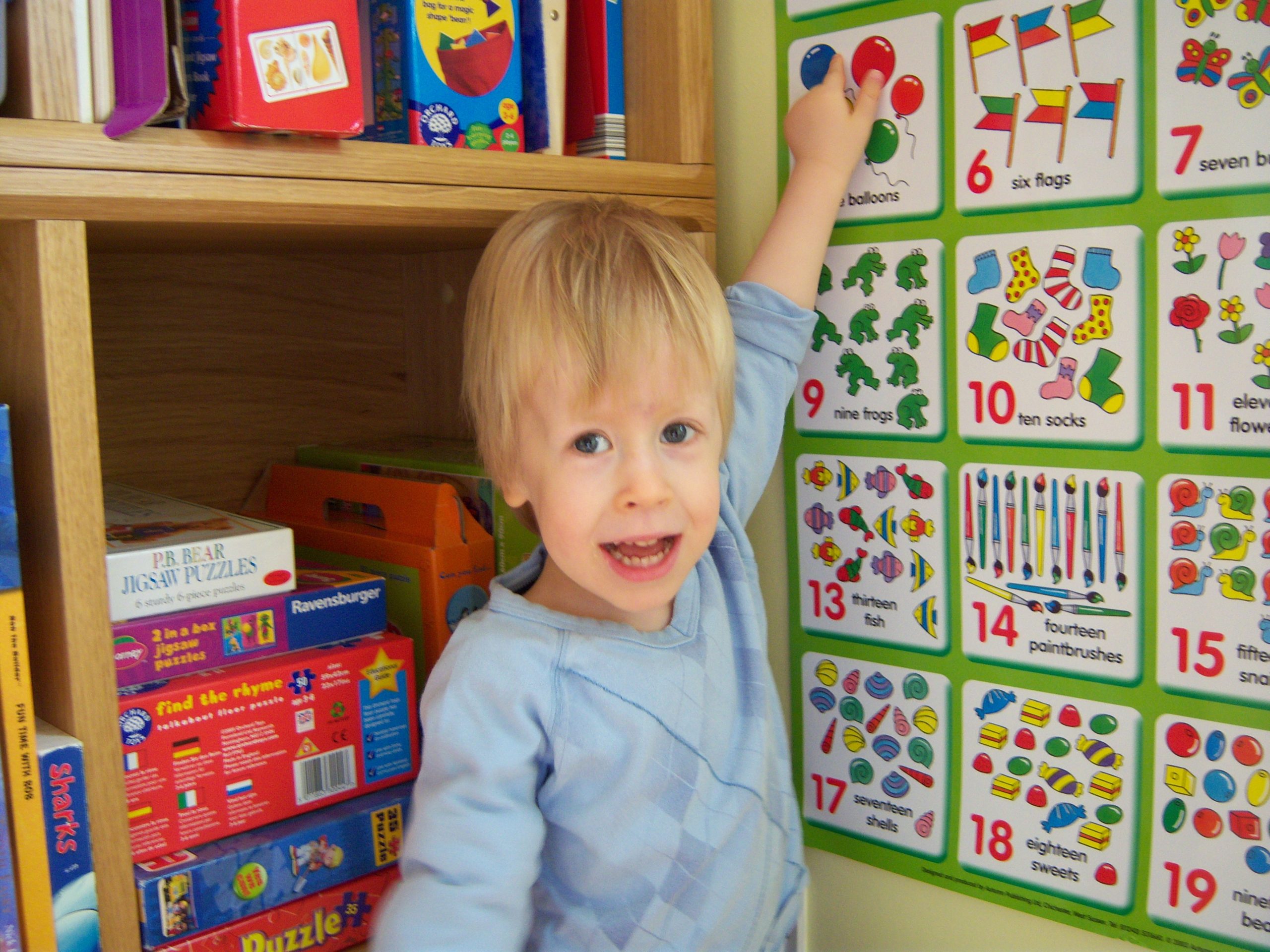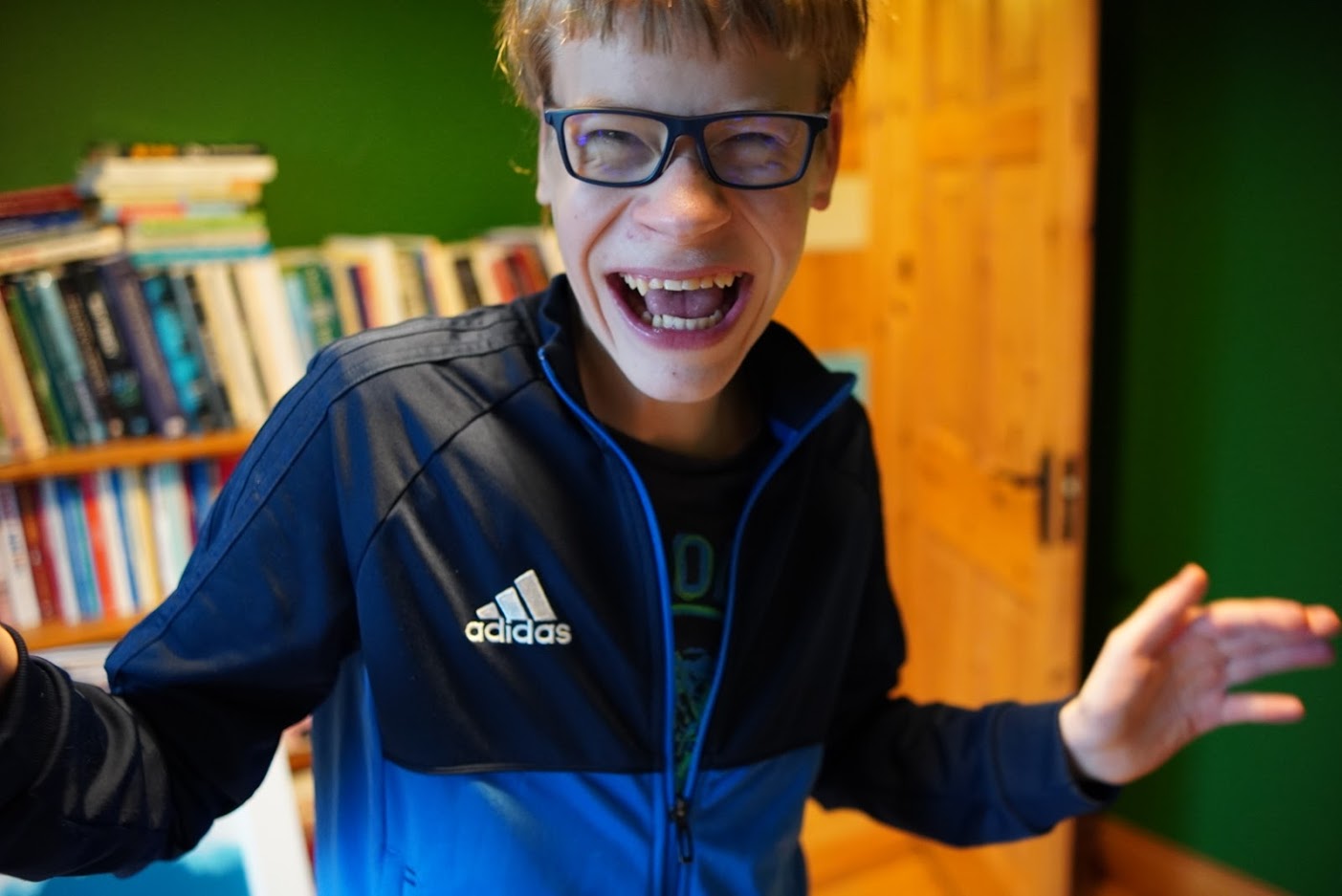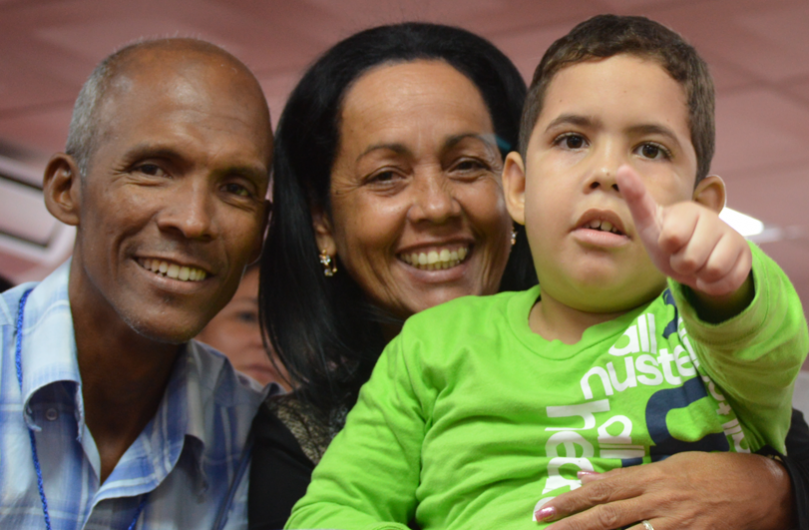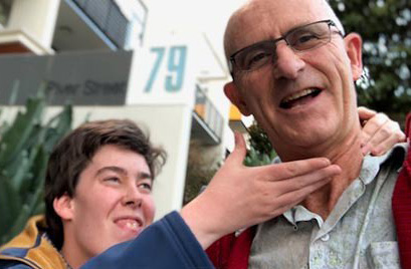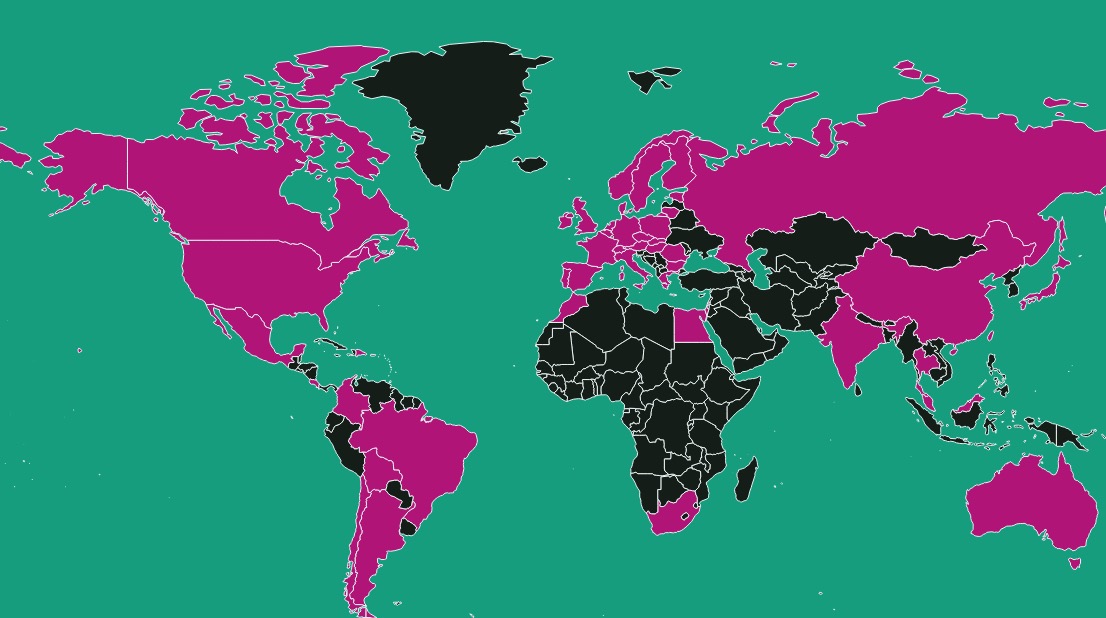Education and Transition
This is general guidance for parents of school-age children. Of course, each country is different, and each culture is different. We hope, however, you find some of this helpful.
Children with PWS are very receptive to learning, they generally have good reading skills, but poor numerical skills and their handwriting is slow to develop. They show good ability to learn computer skills and often have good fine motor skills (jigsaw puzzles, threading beads etc). Their IQ level generally falls in the just-below-normal level, but often shows “islands of competence”.
Maths instruction needs to be conceptual and practical and often repeated many times before there is understanding. Once understanding has occurred however, the concepts generally remain. Like all children they thrive on praise. Teaching the skills of using a calculator, for instance, is often more useful than trying to teach the times-tables.
Primary Schooling
On the whole, children with PWS can manage primary school years well. With the help of a teacher aide they will cope within the structure of the classroom.
Secondary School Options
- Mainstreaming with a teacher aide – some children with PWS manage this sytem quite well. It is advisable to check the system used at your local high school to see whether this will suit your son/daughter.
- Attending a school with a Special Unit attached – again, check out your local college to see whether this option suits your son/daughter.
- Special Residential Schools: Some countries have special residential schools for students with disabilities. Make enquiries to see if these might be right for your son or daughter.
Talking to the school
Parents need to be prepared to talk to their son or daughter’s teachers every time they change class. Teachers need to know how to manage their student, and you need to make sure they understand what this really means. Here are ideas from a parent about how she managed this in relation to food:
Each time your child enters a new class, the pupils need to know why your child is different and how they can best support and befriend your son or daughter. Personally, I always found that talking to the children meant telling them what they need to know, rather than the full-on description of PWS! I always likened it to a child who has diabetes and, for their own safety, cannot eat sugary foods and must keep on a safe diet. I would do this without my daughter being present. I would also tell the students how important it was for my daughter NOT to be given any of their spare lunch as this would upset her diet. Plus, I would always make sure the teacher would keep school lunches out of reach – somewhere safe like a locker, or, if that wasn’t possible, then the teacher took full responsibility for handing out lunches, including my daughter’s (this was to prevent her from eating all her lunch the minute she got to school, and from eating or sneaking food from other lunches).
Positive Instructions
Children with PWS tend to have a rigid way of thinking and tend to work best to a set routine and positive timetable.
They can accept change if prepared for it beforehand, but a sudden unexpected change may result in non-cooperation – generally more so with an older child. It is sensible preparation to warn beforehand if something is to be postponed or cancelled.
Being Sociable with others
Generally speaking, children with PWS are sociable and interactive with other children, but tend to mix with younger children rather than their peers whose natural physical ability will often leave the child with PWS behind. Some children prefer their own company or adult company and will seek frequently seek out a teacher’s company.
With an ordinary classroom setting, children with PWS may have difficulty in settling and can become easily distracted. It is not “naughty” behaviour but part of the syndrome. They may work better with their ‘own’ desk and chair rather than continually moved around.
Simple behaviour modification techniques
Such as “ignore-redirect-praise” work well. Removal from a situation which appears to be heating up and redirection to another task until the person has calmed down, is another workable method. But, basically with the younger person, the behaviours tend to be comparable with any child of his/her age.
It is a good idea to tell classmates (when the child is not in the class) a little about PWS and how they could cope with any problems.
Eating behaviours at school
Because of the deletion in chromosome 15 (which governs normal ability to feel full), children with PWS are constantly on the lookout for food.
Practical intervention from teaching staff will mean that:
- Lunchtime and playtime are supervised so that the child eats only what is prepared for these times (otherwise everything is likely to be eaten at once);
- Care must be taken to see that other children are not passing on unwanted food and that the youngster him/herself is not suggesting they might finish others’ lunches for them.
- Food discarded in rubbish-bins in the classroom will need to be removed so that it does not provide temptation.
- Lunchboxes need to be placed in view of the teacher so that they also do not provide temptation. They may need to be handed out at each break.
- Manual Training which includes cooking, will need to be supervised.
- It is a good idea to have a notebook which goes home with the child, noting any change in dietary intake during the day. Accidents do happen!
Generally speaking…
- It doesn’t pay to argue. Make the statement, allow the person one more comment, warn that the discussion is over – and stick to it! You will never win an argument.
- It doesn’t pay to be sarcastic, or even use subtle humour. People with PWS do not respond well to such tactics.
- Don’t ignore bad behaviour – try interventions to prevent it.
- Don’t use food as a reward or punishment. This can cause escalating behaviours.
- Don’t promise anything you cannot or will not do. They will not accept any reason for change.
- Arguing often provokes further escalation in behaviours. Their concrete thinking doesn’t lend itself to reasoning.
- Showing a child what you expect of him/her gets better results than verbally explaining.
- Keep your sense of humour!
- If possible, ask for help and support from your local PWS Association.
More pages
I Want the Same
How do you answer your person with PWS, who asks why they can’t have “the same” or do “the same” as other people?
A Guide to the Transitional Years
Periods of transition can be some of the most stressful and difficult times for people with PWS.
< Back to Information for Families
International Community
IPWSO was established so that PWS associations, families, clinicians and caregivers around the world could exchange information and support and have a united global voice under one umbrella.
Information for Medical Professionals
The latest medical and scientific research and information, plus guides into common medical issues affecting people with PWS.
What is PWS?
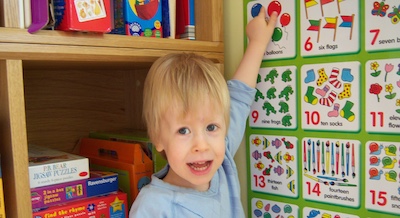
Prader-Willi syndrome is a complex genetic condition. Various studies have shown that between 1 in 15,000 to 25,000 children are born with Prader-Willi syndrome and it affects all races and both sexes equally.
Free Diagnosis

If you suspect your patient has Prader-Willi syndrome, based on the clinical signs and symptoms, but are unable to access testing in your country, then you may be able to access free testing.

